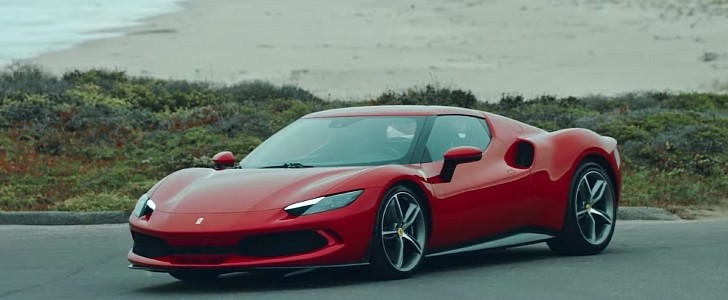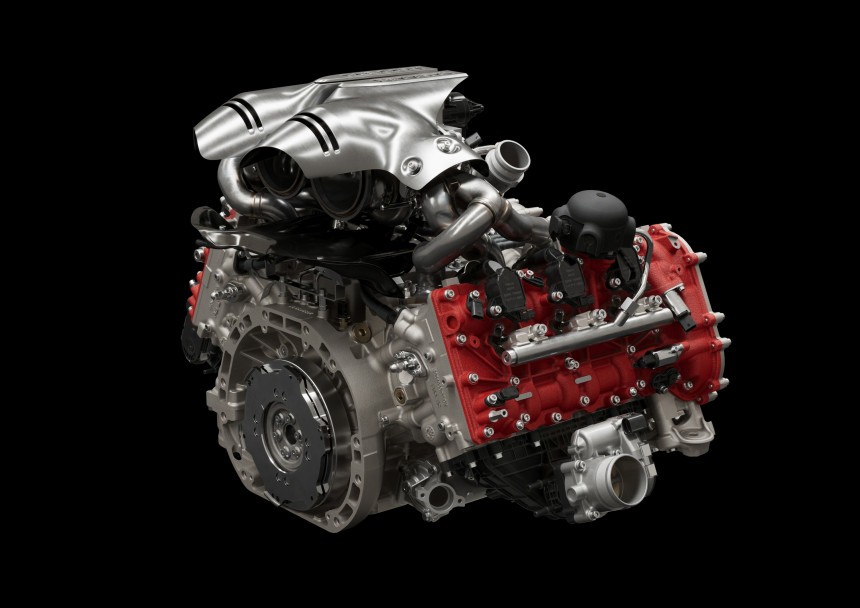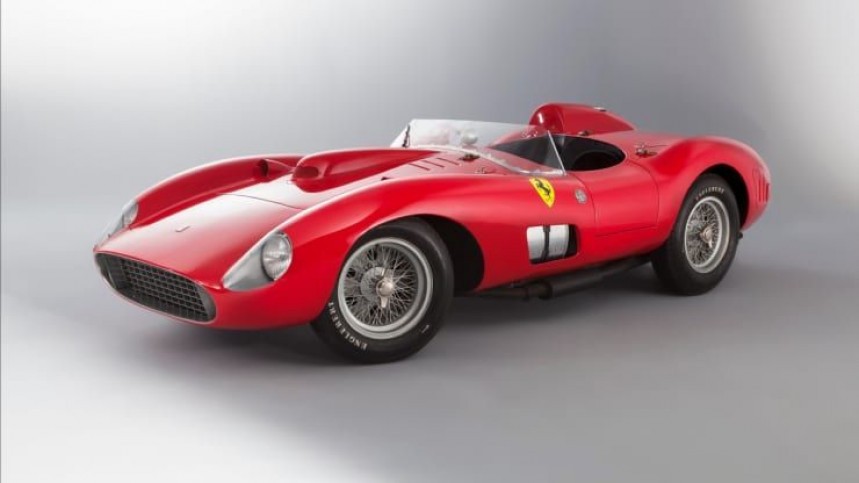Perhaps one of the notable human primal instincts is self-preservation. Meaning, we will get rid of anything that gets in the way of our survival - even if it has eight cylinders, a loud exhaust, and whistling turbos. That said, gas-powered vehicles are on their way out, and in 2021, the European Union announced a proposal to ban new gas-powered automobiles on the continent by 2021 - but not everyone was on board.
Nolan Sykes of Donut Media talks about the EU's proposal and why Italian supercar manufacturers are not ready to play ball. Yet.
According to the July 2021 proposal, carmakers needed to cut down CO2 emissions from cars by 55% versus 2021 levels until 2030 and by 100% until 2035. If approved, it will be impossible for auto manufacturers to sell gas or diesel cars in 27 countries.
This proposal was good news for European environmentalists and politicians, but not everyone was happy.
So, why was the proposal important for the EU? According to Sykes, the proposed regulations are part of an ambitious effort by the European Union to address climate change. The European Commission developed the 2030 Climate Change Target Plan to reduce the continent's overall carbon footprint by 55% compared to 1990 levels.
Part of the plan is to plant 3 billion trees across Europe and increase the production of renewable energy by 45%. Also included are plans to increase the practicality and sales of electric vehicles.
The reception has had mixed reactions. Some European automakers were ready to play ball, including Volkswagen, Stellantis, and Ford's Europe division. However, the European Automobile Manufacturer’s Association went to bat for combustion engines.
The auto lobby group resistance foreshadowed the Italian government's response. Italy is prevalent for its gas-hungry, mean supercars like Lamborghini, Ferrari, Maserati, and Pagani. According to them, stopping their production of supercars as early as 2030 was in bad taste. For starters, they produce low volumes of vehicles each year, and changing their production line for electrification only does not make financial sense.
Italy, through a new cabinet minister for Ecological Transition, Roberto Cingolani, made headlines when he announced that Italy was in talks to shield Lamborghini and Ferrari from the 2035 gas ban. His argument is Ferrari and Lamborghini combined sell around 16,000 cars annually, a small fraction compared to the millions of vehicles sold each year.
While all this makes sense, there’s a variable left out, and perhaps one that could mean the decision is not objective. Roberto Cingolani used to work for Ferrari and was one of the board directors. Cingolani had to resign from the board of directors at Ferrari to take up the government job. Before his position at Ferrari, he worked for an Italian weapons manufacturer.
It’s not been roses and butterflies for Cingolani in Italy. He has been on the receiving end from Italian environmentalists, particularly for his support of natural gas.
Underneath all the heat, it is not clear if it was an independent Italian government decision to counter the gas-powered engine ban or a result of lobbying from auto companies. Sykes feels Cingolani sees climate change as a problem that's solvable while still maintaining Italy’s tradition of developing huge engine blocks.
The gas-engine ban and supercar carve-out are still proposals at the moment, and it could take up to two years until it’s voted on. If actualized, EU automakers still have a decade to stop supercar manufacturing. With that in mind, Sykes believes there is no need for a funeral of an event to go yet.
He has a sensitive question, do you think it is fair to pollute due to privilege? As stated in the introduction, humans have a survival instinct, and at one point or another, gas-powered vehicles will have to go. Let’s hope it’s not too late when we come to that decision.
According to the July 2021 proposal, carmakers needed to cut down CO2 emissions from cars by 55% versus 2021 levels until 2030 and by 100% until 2035. If approved, it will be impossible for auto manufacturers to sell gas or diesel cars in 27 countries.
This proposal was good news for European environmentalists and politicians, but not everyone was happy.
So, why was the proposal important for the EU? According to Sykes, the proposed regulations are part of an ambitious effort by the European Union to address climate change. The European Commission developed the 2030 Climate Change Target Plan to reduce the continent's overall carbon footprint by 55% compared to 1990 levels.
The reception has had mixed reactions. Some European automakers were ready to play ball, including Volkswagen, Stellantis, and Ford's Europe division. However, the European Automobile Manufacturer’s Association went to bat for combustion engines.
The auto lobby group resistance foreshadowed the Italian government's response. Italy is prevalent for its gas-hungry, mean supercars like Lamborghini, Ferrari, Maserati, and Pagani. According to them, stopping their production of supercars as early as 2030 was in bad taste. For starters, they produce low volumes of vehicles each year, and changing their production line for electrification only does not make financial sense.
Italy, through a new cabinet minister for Ecological Transition, Roberto Cingolani, made headlines when he announced that Italy was in talks to shield Lamborghini and Ferrari from the 2035 gas ban. His argument is Ferrari and Lamborghini combined sell around 16,000 cars annually, a small fraction compared to the millions of vehicles sold each year.
It’s not been roses and butterflies for Cingolani in Italy. He has been on the receiving end from Italian environmentalists, particularly for his support of natural gas.
Underneath all the heat, it is not clear if it was an independent Italian government decision to counter the gas-powered engine ban or a result of lobbying from auto companies. Sykes feels Cingolani sees climate change as a problem that's solvable while still maintaining Italy’s tradition of developing huge engine blocks.
The gas-engine ban and supercar carve-out are still proposals at the moment, and it could take up to two years until it’s voted on. If actualized, EU automakers still have a decade to stop supercar manufacturing. With that in mind, Sykes believes there is no need for a funeral of an event to go yet.
He has a sensitive question, do you think it is fair to pollute due to privilege? As stated in the introduction, humans have a survival instinct, and at one point or another, gas-powered vehicles will have to go. Let’s hope it’s not too late when we come to that decision.




























